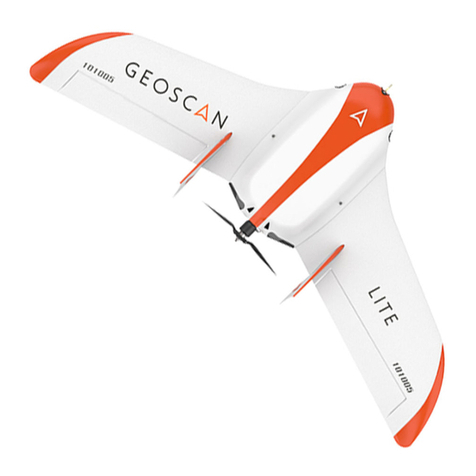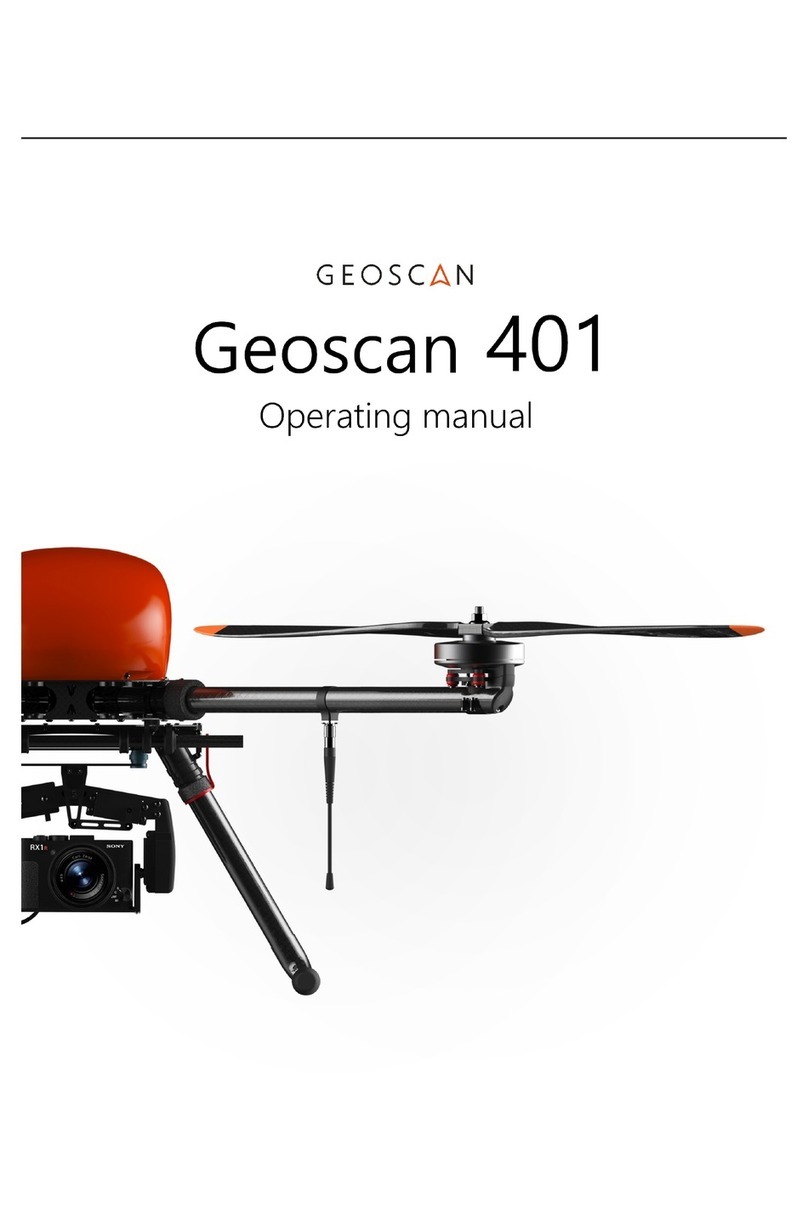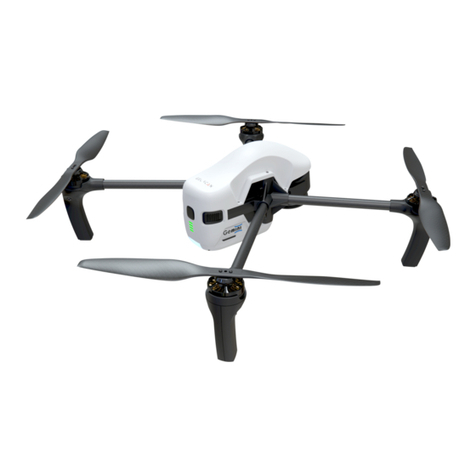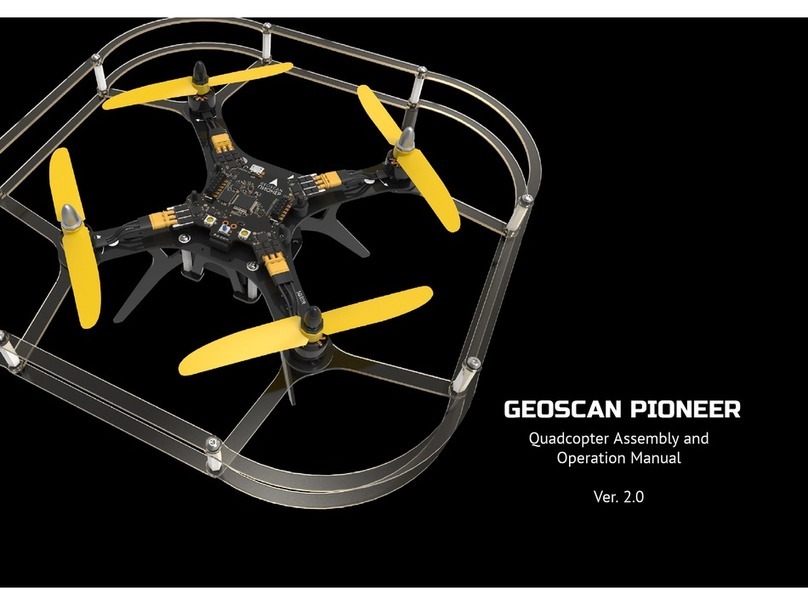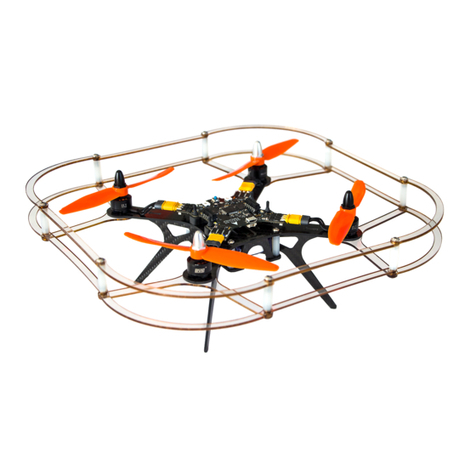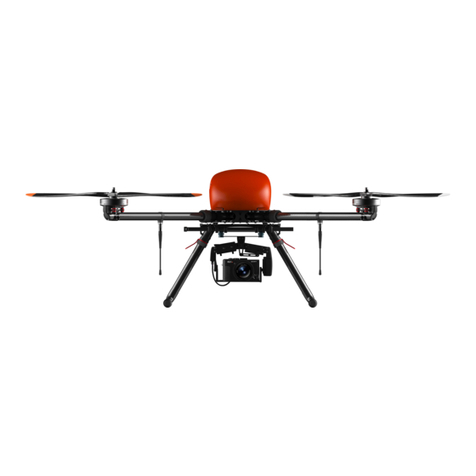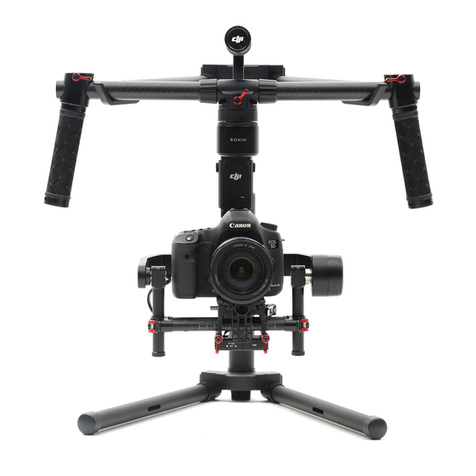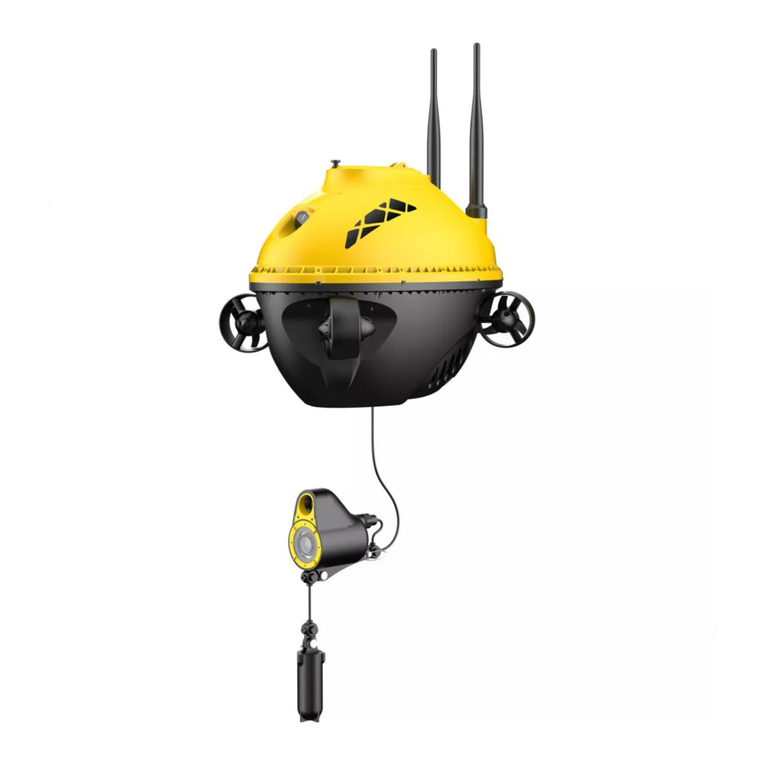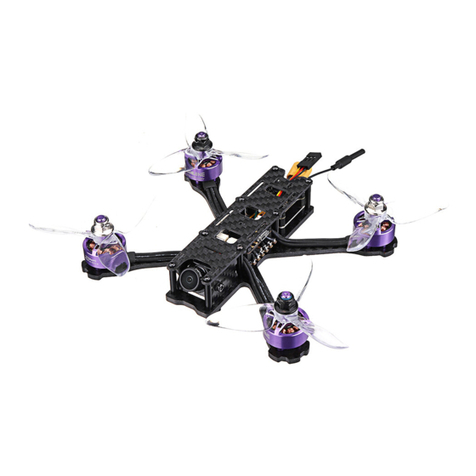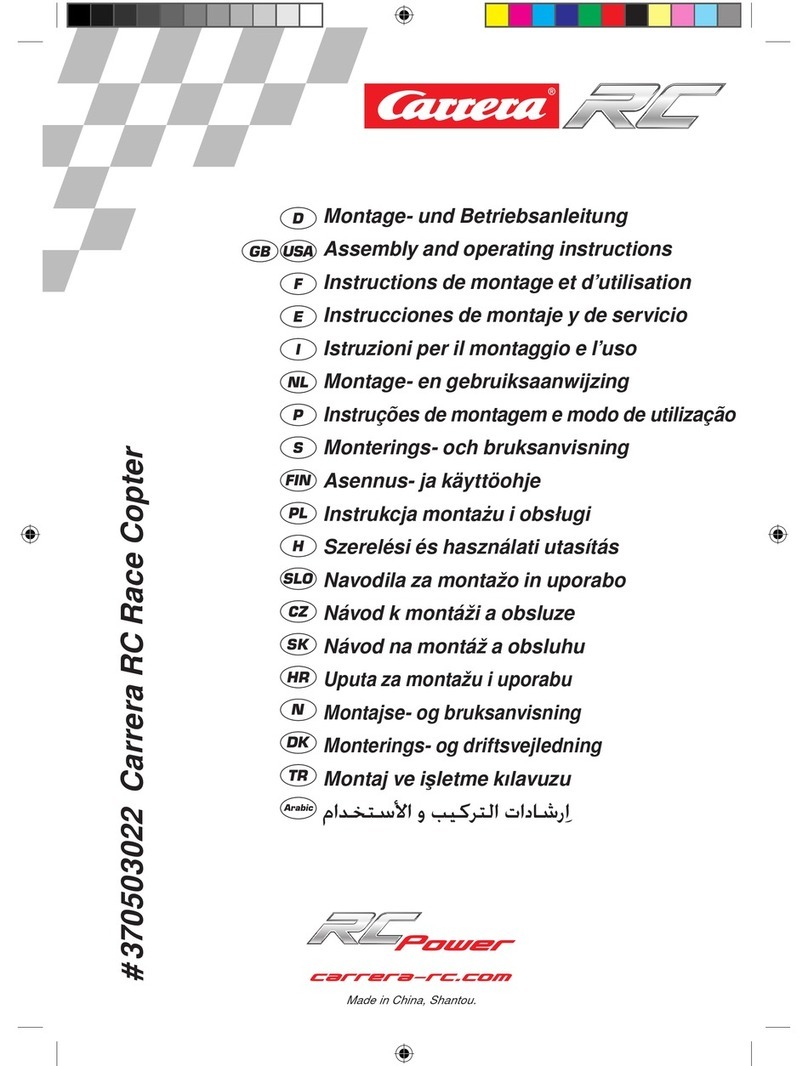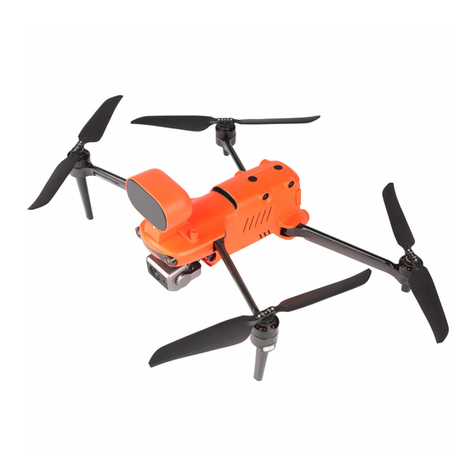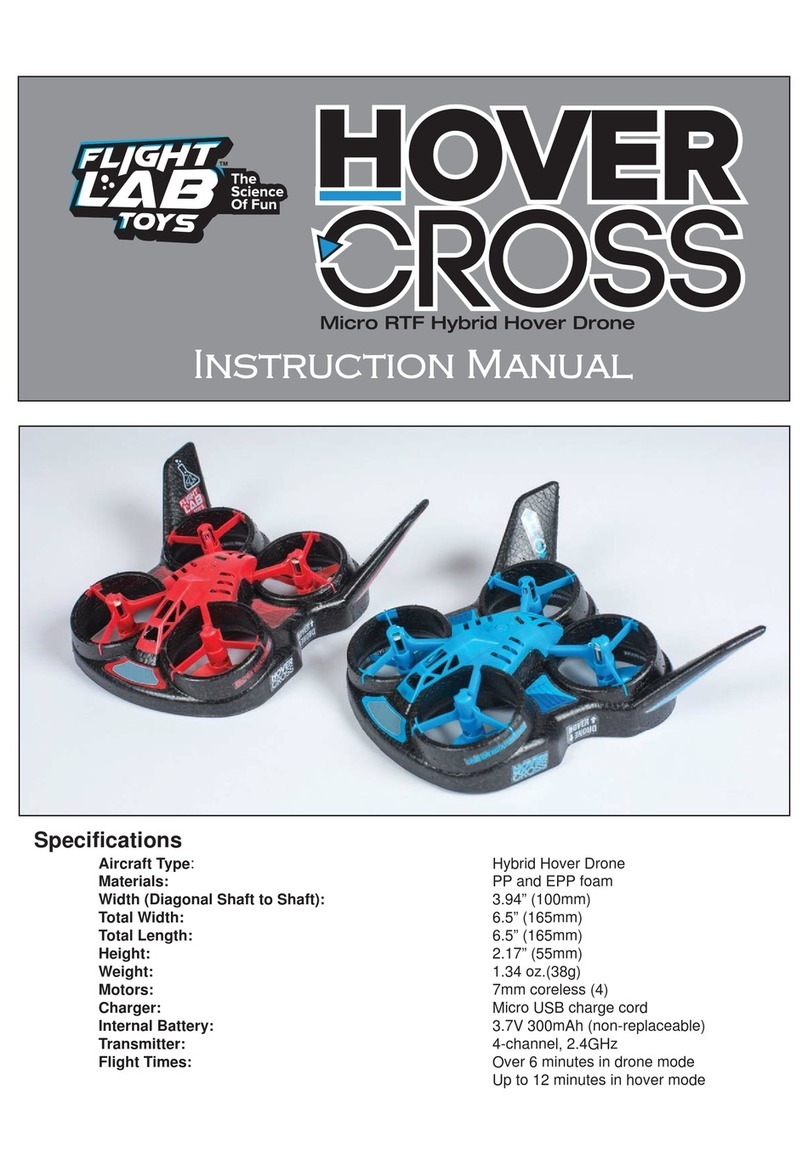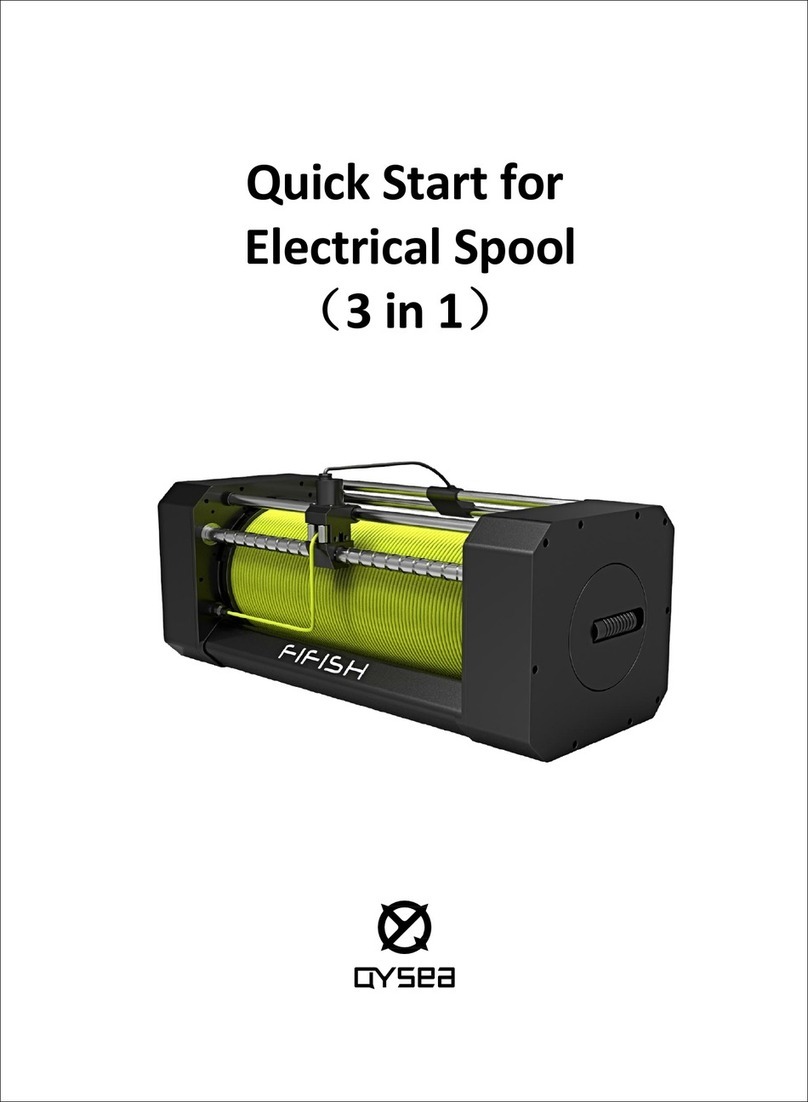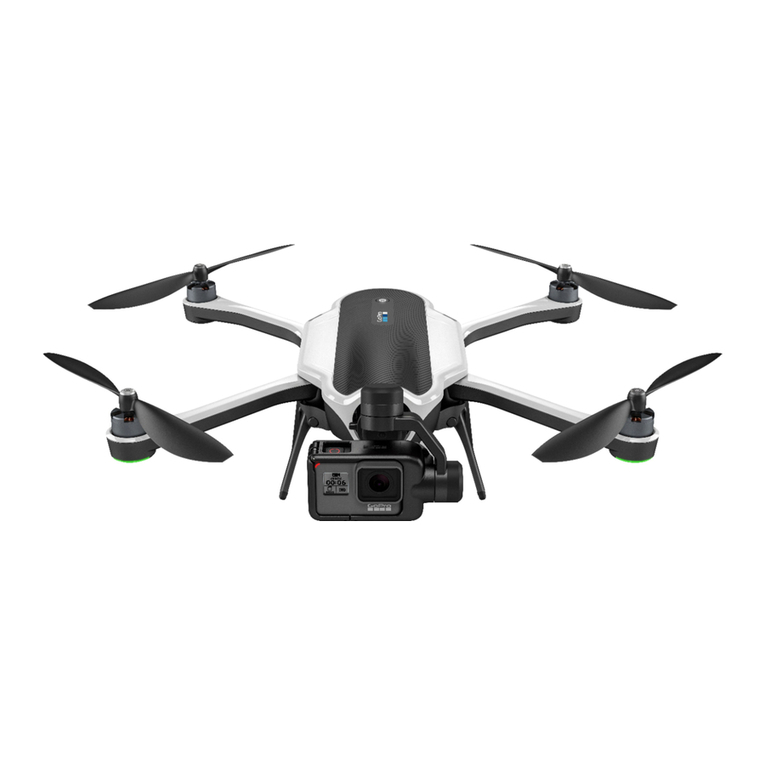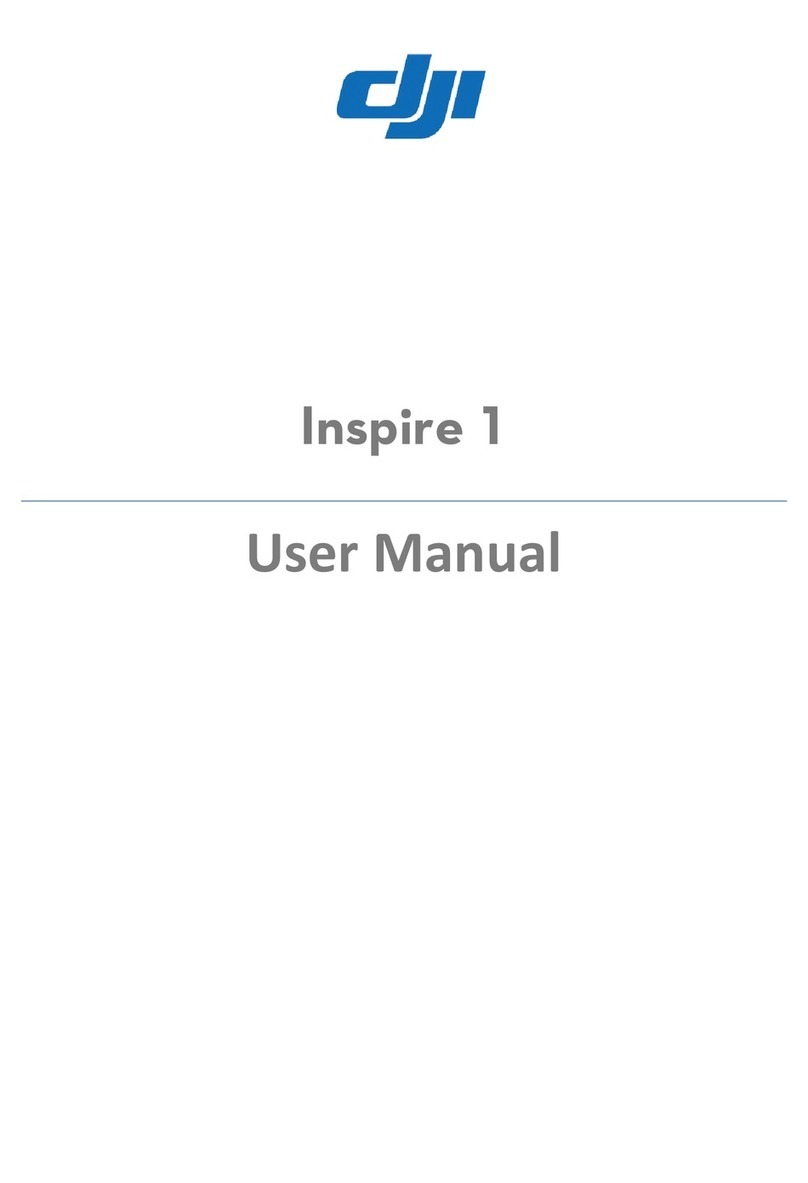Geoscan Lite User manual

Geoscan Lite
User Manual
Updated on September 24, 2021

Contents
Introduction 5
Abbreviations List 6
Main Information 7
Kit............................................. 8
MaintenanceService.................................. 9
Storage.......................................... 9
Safety Rules 10
Assembly 12
UAVAssembly...................................... 12
Parachute ........................................ 17
ParachuteFolding................................ 18
Parachute Installing . . . . . . . . . . . . . . . . . . . . . . . . . . . . . . . 23
Launcher 27
Parts ........................................... 27
Assembly ........................................ 28
Preparation to UAV Launch . . . . . . . . . . . . . . . . . . . . . . . . . . . . . . 33
Rules of Rubber Cords Use . . . . . . . . . . . . . . . . . . . . . . . . . . . . . . 33
Camera Settings 34
Sony DSC-RX1RM2 Digital Camera . . . . . . . . . . . . . . . . . . . . . . . . . 34
MainParts .................................... 34
Presets....................................... 35
PresetsRestoring ................................ 36
SDCardFormating ............................... 37
SettingsReset .................................. 38
Sony DSC-RX1 Digital Camera . . . . . . . . . . . . . . . . . . . . . . . . . . . . 39
MainParts .................................... 39
CameraSettings................................. 39
2

SDCardFormating ............................... 41
SettingsReset .................................. 41
Sony A6000 Digital Camera . . . . . . . . . . . . . . . . . . . . . . . . . . . . . 42
MainParts .................................... 42
CameraSettings................................. 42
SDcardFormating ............................... 43
Offsets.......................................... 44
Charger and Battery 45
SafetyRules....................................... 45
Tips for Lithium Polymer (LiPo) Battery Using . . . . . . . . . . . . . . . . . . . 46
Key Settings For Any Battery Charger . . . . . . . . . . . . . . . . . . . . . . . . 46
SkyRC 6X80+ Battery Charger . . . . . . . . . . . . . . . . . . . . . . . . . . . . 47
ChargeSettings ................................. 47
BatteryCharging................................. 47
SkyRC T6755 Battery Charger . . . . . . . . . . . . . . . . . . . . . . . . . . . . 48
ChargeSettings ................................. 48
BatteryCharging................................. 49
ImaxRC X100 Battery Charger . . . . . . . . . . . . . . . . . . . . . . . . . . . . 50
ModesandSettings............................... 50
BatteryCharging................................. 52
BatteryCheck...................................... 52
Storage and Discharge . . . . . . . . . . . . . . . . . . . . . . . . . . . . . . . . 53
BatteryRecycling.................................... 53
Geoscan Planner Software 54
System Requirements . . . . . . . . . . . . . . . . . . . . . . . . . . . . . . . . . 54
NewProject....................................... 55
AerialSurveying................................. 56
LinearSurveying................................. 60
Hop............................................ 61
WaitingPoint ...................................... 62
LandingPoint...................................... 64
Connection Settings . . . . . . . . . . . . . . . . . . . . . . . . . . . . . . . . . . 65
Radio Modem Connection . . . . . . . . . . . . . . . . . . . . . . . . . . . 65
Connecting UAV to Geoscan Planner . . . . . . . . . . . . . . . . . . . . . 67
Pre-launchCheck.................................... 68
Flight........................................... 69
Launch 70
UAV Disassembly 72
3

Introduction
Thank you for choosing Geoscan Lite UAV!
This manual is designed to describe UAV structure and the operating rules. We highly
recommend to read the manual carefully before using UAV.
If you have any questions about UAV, technical service and repair, please contact our
support: https:// www.geoscan.aero/ en/ support.
We always glad to help you and answer any questions.
The information, specications and pictures in this manual are relevant at the time
of publication. Geoscan Group may change the UAV design or specications without
prior notice.
Do not make any changes to UAV structure by yourself. Any UAV damages or de-
graded specications caused by structure changes are not covered by the warranty.
We always work to make our products better and add new features. You can always
download the newest version of this manual from our website:
https:// www.geoscan.aero/ en/ products/ lite
This mark highlights important information and recommendations. It is
necessary to follow these instructions for people and UAV safety.
5

Abbreviations List
GNSS Global Navigation Satellite System
UAV Unmanned Aerial Vehicle
USB Universal Serial Bus
6

Main Information
Geoscan Lite UAV is designed to
obtain georeferenced photos of
objects and aerial photography.
The aerial data can be used for:
• terrain evaluaton;
• aerial photography with precise time
stamps for georeferenced images;
• orthophotos and digital terrain mod-
els creation;
• altitude maps creation;
• 3D terrain models;
• volumetric calculation for quarries
and lls.
7

Kit
• Geoscan Lite UAV
• UAV Transport Bag/Protective Case
• Launcher in Transport Bag
• Customized Camera
• Battery
• Radio Modem with Antenna
• Battery Charger
• Geoscan Planner Software
• Folding Rack
• Spare parts and accessories
8

Maintenance Service
Visually inspect UAV for a damage after each ight.
If propeller blades or ns are damaged, you can replace them by yourself using spare
parts and tools from the kit.
If aircraft or system structural damages are detected,please contact службутехнической
поддержки.
After 80 ights it is recommended to send your UAV to the manufacturer for inspection
and maintenance.
Storage
Geoscan Lite system (without battery) and launcher are recommended to be stored in
transport bags and dry room at a temperature of +5 to +25 °C and relative humidity
not more than 80% without any condensation.
Service life — 2 years.
Batteries should be stored in a cool and dry place without direct sunlight, at a tem-
perature of +5 to +25 °C and a relative humidity of 80% without condensation.
The optimum temperature range — from 5 to 10 °C.
The optimum voltage level for placing the battery to storage: 15.12 V.
Service Life — 1 year.
9

Safety Rules
You should follow these rules for safe UAV using:
• UAV launch and maintainence can be held only by persons, who trained for
Geoscan Lite unmanned aerial system operation and read this manual.
• Follow the dealer’s and/or manufacturer’s recommendations and instructions
for use of the equipment, as given in this manual and received during operation
period.
• It is necessary to inspect the ight area before the ight and make sure that the
planned ight path passes not less than 100 m above the terrain and high-rise
objects (mountains, towers, pipes, transmission towers, etc.).
• There should be no high objects in ±30° takeoff sector. Max safe height of an
object should be no more than 0.2L if L is the distance from takeoff point.
• Do not launch the UAV if you detected any damage.
• Before straining the catapult rubber cords, make sure that the safety lock is
plugged in. Safety lock must stay plugged in until the launch moment.
• After connecting the battery to the UAV it is prohibited to stay in the propeller
blades plane of rotation;
• Don’t exceed UAV’s altitude, weight and ight time operational limits;
• Don’t launch the UAV near high power radio transmitters;
• Don’t allow unauthorized persons into the UAV launch area;
• Make sure that the UAV will land away from roads, power lines, ponds and
crowded places. Remember about the possible drift of the parachute during
the land;
• Avoid ying above crowded places.
10

Follow these operating precautions:
• Do not assemble or disassemble the UAV when the power is on;
• Do not stay near the propeller when the power is on;
• Installation and removal of the propeller’s blades is allowed only when the
power UAV turned off;
• Do not short circuit UAV battery.
To avoid damage to parts of the system:
• Transport UAV only in transport bag/protective case;
• Do not move UAV elevons manually;
• Hold the fuselage, when carrying UAV in the area of landing or launch;
• Remove the camera lens cap only before the aerial survey;
• In case UAV gets into the water, immediately disconnect the battery and dry all
structural elements, wires, connectors, electronic equipment;
• Do not make any changes in UAV and launcher construction.
Operational restrictions
• Operating temperature range: -20 to +40 °С
• Max wind speed: 12 m/s
The aerial survey system is not intended for ights during rain, snow and other pre-
cipitation.
The UAV in can’t y below starting point altitude in automatic mode.
In mountains conditions, nd the lowest point of the area for ight mission start. The
entire ight route must pass above the starting point.
11

Assembly
UAV Assembly
1.Take the Wings and Fuselage from the UAV transport bag.
2. Place the Parachute in the parachute compartment (see Parachute section for de-
tails).
3. Remove Fuselage Top Cover:
unclasp the rubber locks to unlock the cover;
Eject back of the cover from grooves.
Fuselage Top Cover Removing
12

4. Insert Mounting Rod into the Fuselage Tube.
Mounting Rod inserting
5. Put the Wings on Mounting Rods and move them to fuselage.
Wing installing
13

6. Attach Fins and x them in place. Make sure the Fins are secured by magnets.
Installation of the ns
7. Connect wings’ cable connectors into the appropriate slots in the autopilot.
Connect GNSS reciever cable, if UAV delivery kit included this option.
Cables connection
14

8. Remove memory cards from autopilot and camera. Format them and put back in
slots.
9. Place and lock the Battery by textile clasp.
10. Connect power connector with the battery.
SD card and Battery instaling. The Battery connection.
11. Set up the Camera (see Camera Settings section for details) Place Camera in UAV
cradle.
15

12. Close the top cover and clasp the rubber locks.
Fuselage Top Cover closing
UAV is ready for pre-launch check.
16

Parachute
Parachute components:
1. Parachute Compartment Cover 5. Locking Ring
2. Parachute Dome 6. Long Static Line
3. Rigging Lines’ Pockets; 7. Short static line with unhook ring system
4. Rigging Lines
17

Parachute Folding
Make sure that the Parachute Dome, Rigging Lines and their attachment
to the dome are not damaged before laying the Parachute. The Dome
and Rigging Lines should be dry and clean. Repack the Parachute if the
previous packaging is more than 10 days ago, or you were carrying UAV
in an airplane.
1. Make sure that the Parachute doesn’t have any damages.
2. Make sure the Rigging Lines are not tangled.
Make sure, that Rigging Lines are not tangled in the process of parachute laying.
Control Rigging Lines Pockets position. They must remain on the outside of the folded
dome.
3. Smooth the Dome and fold it in half, aligning one side with other.
Folding the Dome in half
18

4. Fold the Dome in half and align the edges.
Folding the Dome in half second time
As the result, the Rigging Lines should be collected in 4 bundles with 4 rigging lines
in each.
Result
19

5. Fold the Dome in half again. The pockets for laying the rigging lines must be
outside.
Folding Rigging Lines pockets out
6. Fold the Dome as see on the picture.
Folding the Dome
Make sure that in the process of laying the parachute rigging lines are not tangled.
Straighten the lines out if it needs.
20
Other manuals for Lite
1
Table of contents
Other Geoscan Drone manuals
Popular Drone manuals by other brands
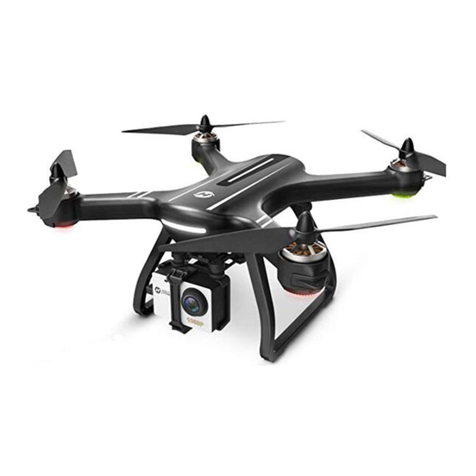
Holystone
Holystone Ophelia HS700 APP OPERATION GUIDE
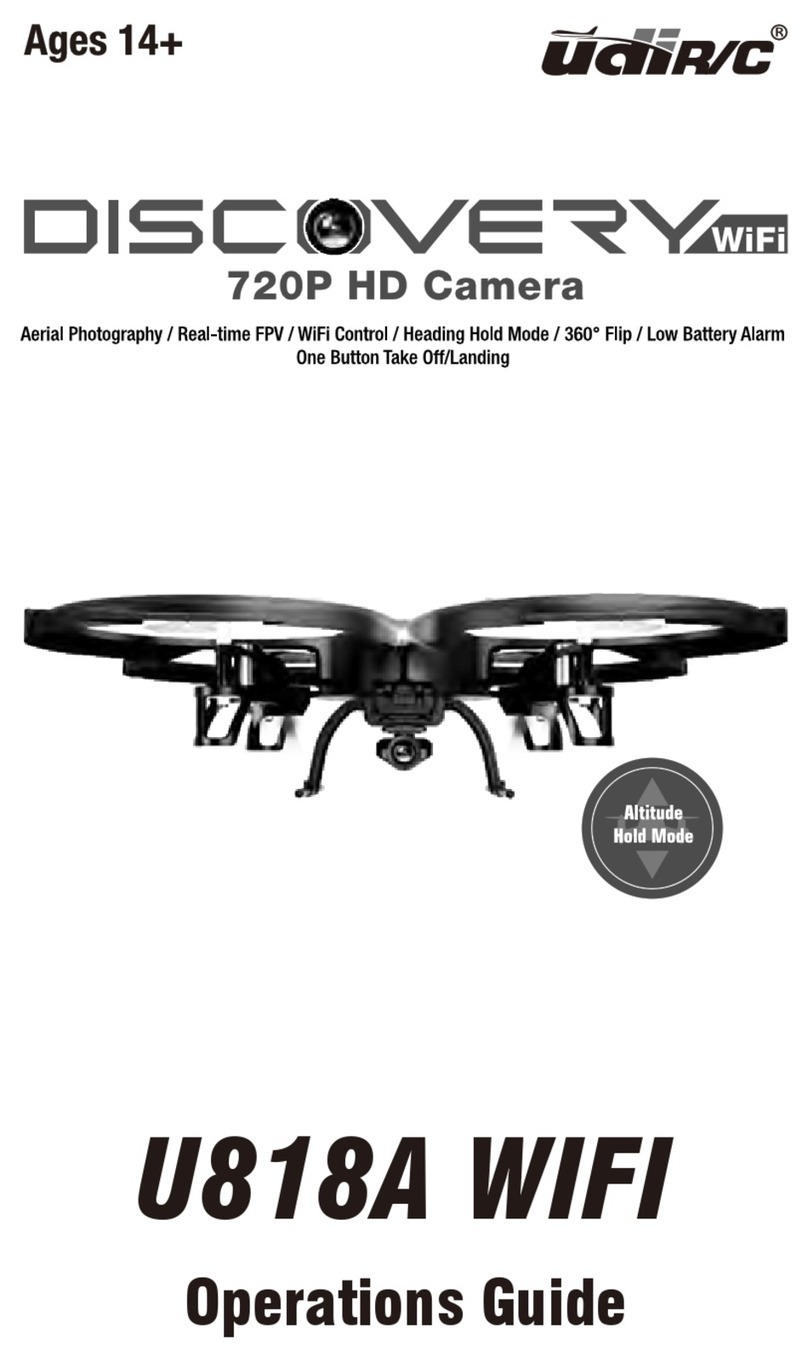
UDI R/C
UDI R/C VOYAGER U845Wifi Operation guide

Holystone
Holystone HS190 Instructions for use

Air Hogs
Air Hogs STAR TREK STARSHIP ENTERPRISE NCC-1701-A Instruction guide
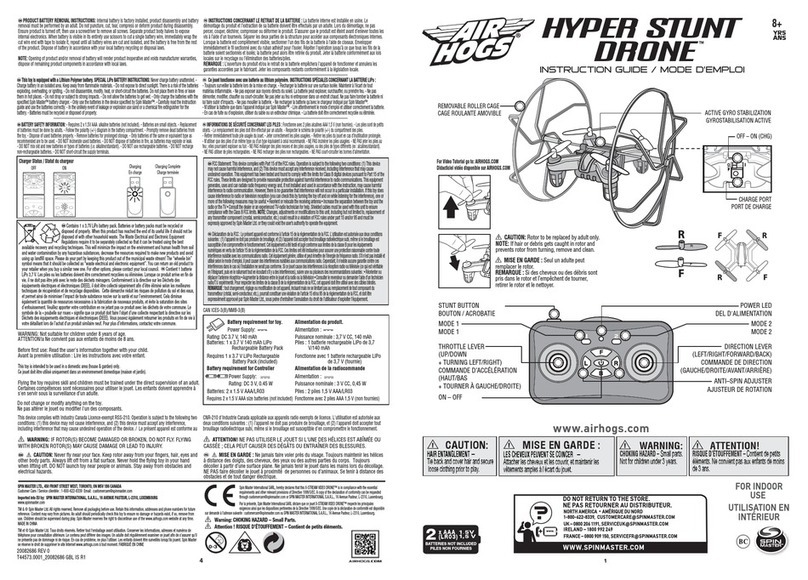
Air Hogs
Air Hogs Hyper Stunt Drone Instruction guide

Impossible
Impossible US-1 Operating handbook

